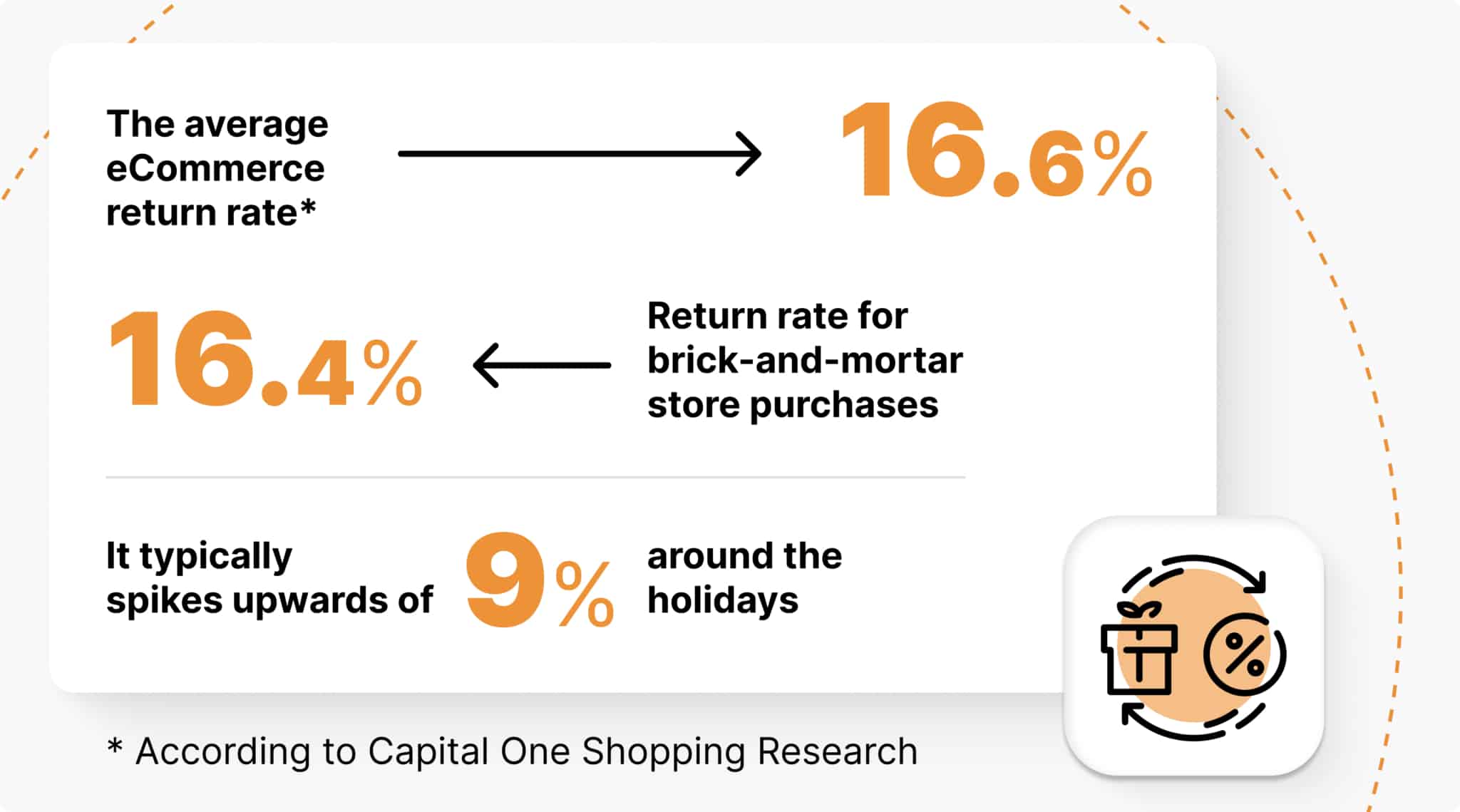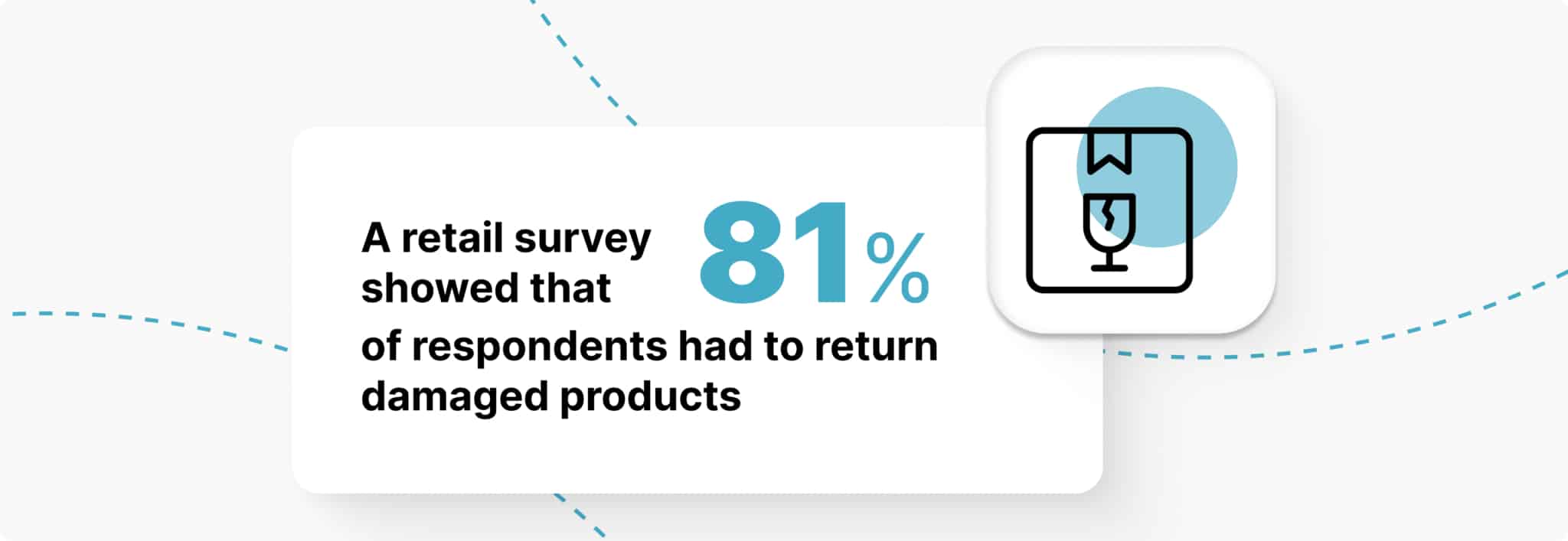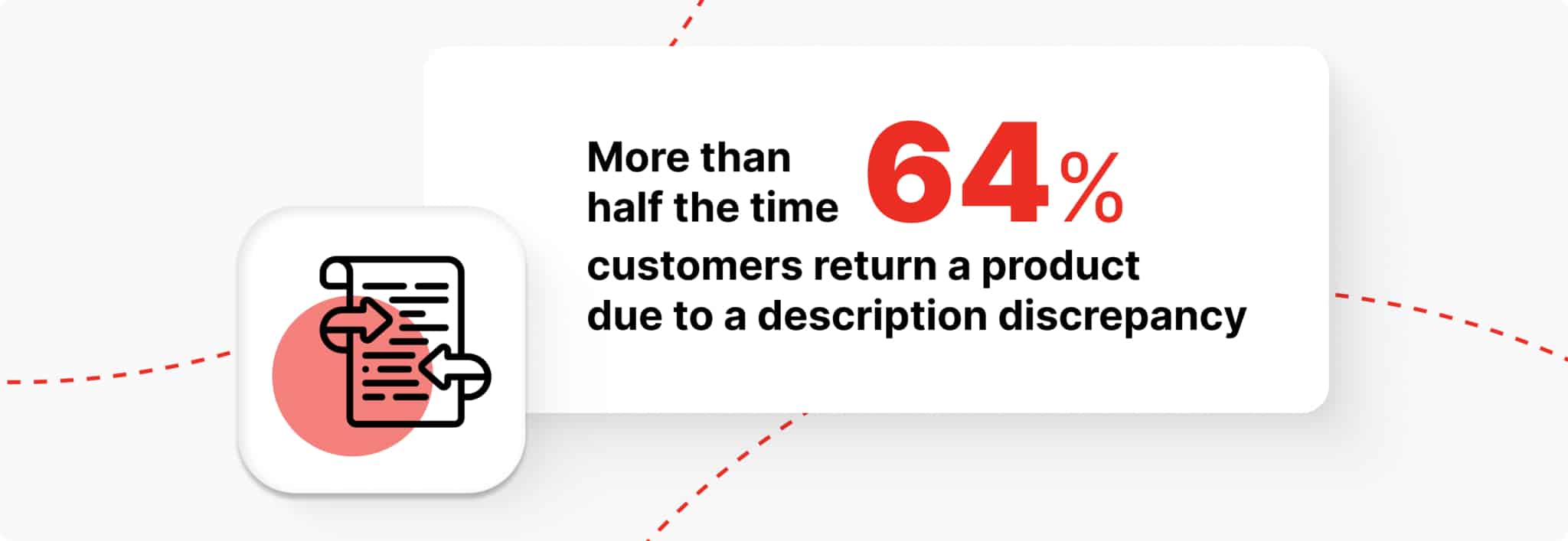Beyond Returns Management: Unlocking Net Sales Growth by Addressing Root Causes

While returns are often viewed as an unavoidable cost, the traditional focus on streamlining the return management process — though important — only scratches the surface of a deeper opportunity. The true potential for enhancing net sales and overall profitability lies in building a proper reverse logistics and returns management system, and understanding and addressing the underlying reasons they happen in the first place.
By shifting our perspective toward uncovering and tackling the root causes of returns, retailers can unlock significant improvements in customer loyalty and satisfaction, reduce the operational cost of returns, and, most importantly, boost net sales. This strategic pivot from reactive return management to proactive return reduction marks a transformative approach in the retail sector, promising to mitigate the negative impact of returns and turn this challenge into a competitive advantage.
Understanding the Impact of Returns on Net Sales
Processing returns is an inevitable aspect of the retail industry because customers will always make those returns. However, the impact of these returns on net sales is often underestimated. According to Capital One Shopping Research, the average eCommerce return rate is 16.6% and 16.4% for brick-and-mortar store purchases and typically spikes upwards of 9% around the holidays.
When customers return a product, the immediate effect is a direct reduction in revenue. However, the implications extend far beyond just the loss of a sale. The return process involves logistical costs, restocking efforts, and, in some cases, the inability to resell returned merchandise at full value, if at all. These factors collectively erode profit margins and can significantly affect the bottom line of a retail store.

Identifying Common Causes of Returns
Returns can stem from many reasons, each providing insight into areas where retailers can improve. Understanding these causes is crucial for implementing effective strategies to reduce return rates. Here are some of the most common reasons for returns:
- Product Defects or Damage: Quality issues are a leading cause of customer returns, impacting customer retention and the attraction of future customers. Products that arrive damaged or fail to meet quality expectations result in returns and impact. A retail survey showed that 81% of respondents had to return damaged products.

- Mismatched Expectations: Customers feel misled when the product received does not match what was advertised online or in the physical store. More than half the time (64%), customers return a product due to a description discrepancy.

Sizing Issues: Particularly prevalent in apparel and footwear, returns often occur because items don’t fit as expected. Roughly 24% of apparel returns are due to incorrect sizing.

Buyer’s Remorse: Sometimes, the customer returns a product because they’ve changed their mind. In a recent poll, 42% of respondents experienced buyer’s remorse. While harder to address, reducing impulse purchases through better customer education can help mitigate this.

Complexity or Usability Issues: Products that are difficult to set up or use without additional guidance can be frustrating, leading to customer returns.
Strategies to Address the Causes of Returns
1. Enhancing Product Quality: Ensuring that products meet high-quality standards before they are shipped can significantly reduce the rate of returns due to defects or damage. Regular quality checks and adopting robust quality control processes are essential.
2. Providing Accurate and Detailed Product Descriptions: Clear, accurate, and comprehensive product descriptions, along with high-quality images and videos, can help align customer expectations with reality. Including customer reviews and Q&A sections can also provide real-user insights into the product.
3. Implementing Comprehensive Size and Fit Guides: For online purchases, eCommerce brands that fall under categories like apparel and footwear may invest in detailed size guides, augmented reality (AR) fitting rooms, and other tools can help make customers informed, leading to better sizing choices and reducing eCommerce returns due to poor fit.
4. Educating Customers: Offering detailed product usage guides, tutorials, incentives such as store credit, and post-purchase support can reduce returns caused by complexity or usability issues. Ensuring customers understand how to use and care for their purchases can improve satisfaction and reduce return rates.
5. Leveraging Customer Feedback: Actively gathering and analyzing customer return experience and feedback can provide valuable insights into why product returns are occurring. Implementing a feedback loop where customer reviews and return reasons are continuously monitored and addressed can lead to product and process improvements.
By focusing on these strategies, retailers can address the root causes of returns, enhancing customer satisfaction and brand loyalty. This proactive approach reduces the financial impact of returns management but fosters a positive online shopping experience, encouraging repeat business and word-of-mouth recommendations.
Harnessing Returns Management System for a Brighter Retail Future
In today’s digital age, leveraging advanced Returns Management System (RMS) technology is crucial for retailers aiming to effectively understand and reduce their return rates. Sophisticated RMS platforms offer invaluable insights into the reasons behind returns, enabling retailers to pinpoint and address the underlying causes.
These technologies analyze return data to identify patterns and trends, informing strategic decisions that can significantly reduce return rates. Returns solutions like ReverseLogix stand out in this arena, offering comprehensive tools that streamline returns management and equip retailers with the data analytics needed to proactively tackle returns’ root causes, even plugging e-commerce return fraud.
Learn how ReverseLogix can revolutionize your approach to returns management and help you turn insights into action. Click here to get started.
